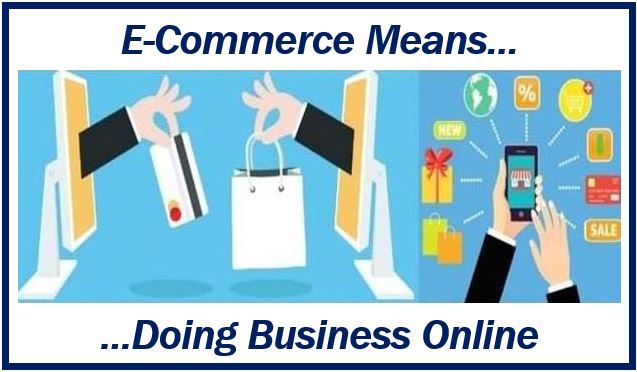eCommerce is poised to take over a large share of the retail space in the coming decade, and thanks to the coronavirus pandemic that growth has been accelerated quite a bit over the past month or so. Whether you’re an eCommerce veteran with over a decade of experience or you just got started a few years ago (and have found some short-term success), you’ve probably wondered whether or not you can sell your eCommerce website.
 The good news to this question is that the answer is a definite yes, however, there’s a lot more to this question than one might think. The first step to selling your eCommerce site is determining what its actual value is. How much revenue does your site generate? Overhead costs? How many products? Are you in an evergreen niche? These are all examples of some of the more basic types of questions you should be asking about your business.
The good news to this question is that the answer is a definite yes, however, there’s a lot more to this question than one might think. The first step to selling your eCommerce site is determining what its actual value is. How much revenue does your site generate? Overhead costs? How many products? Are you in an evergreen niche? These are all examples of some of the more basic types of questions you should be asking about your business.
Luckily, there are a lot more options and platforms on the market today that assist business owners in selling their eCommerce websites. No matter which platform you go with, though, it’s important to realize that you need to have the basics of your business down pat before even attempting to start the selling process.
That’s why we’ve created this blog post, to help you develop a more thorough understanding of what’s involved (that a lot of “how to sell eCommerce website guides” fail to mention – such as the basics of valuation). Below are some of the key areas that you need to keep in mind during all stages of the selling process, from initial valuation to final closing.
Determining the Worth of Your eCommerce Business
There are many different factors that go into determining just what exactly an eCommerce website is worth. Generally speaking, the average sale of a profitable eCommerce business is approximately two to three times its annual revenue. There’s a lot more that goes into the final price, of course, but that should give you a very approximate number of what your website might be worth.
Contrary to popular belief, there are actually quite a few costs involved in running an eCommerce business (sometimes even more so than a normal business). For example, you have digital marketing costs, wholesale costs, shipping fees, platform-related fees (i.e. the dreaded fees of Amazon or Etsy), payment processing fees (we’re looking at you PayPal), and the list goes on.
While all of these added factors can make a final valuation a bit tricky, there is an upside to eCommerce: buyers love purchasing eCommerce businesses. Not only this but as we’ve already mentioned, eCommerce is poised to experience massive growth periods in the coming years (especially as our world becomes more interconnected and less reliant on physical business models). Simply put, now is an excellent time to start the process of selling your eCommerce business.
 How Some eCommerce Sites Are Worth More Than Others
How Some eCommerce Sites Are Worth More Than Others
The primary thing that makes one eCommerce site more valuable than others is its perceived ROI (from the viewpoint of the buyer). While it’s true that the actual value of a website depends on a multitude of various business metrics, the final selling price also depends on just how much the buyer is willing to spend (which is something that shouldn’t be forgotten). Another thing that needs to be accounted for is how risky that eCommerce site is as an investment.
Buyers want their money to be made as fast as possible. This is the mindset of the large majority of buyers. In the simplest terms possible: you can charge a higher price for your eCommerce site if there’s a low level of risk as well as a minimized time for the buyer to recoup their initial investment.
Basic Strategies to Increase Your Site’s Value
As we outlined above, buyers are interested in sites that don’t come packaged with large levels of risk. So, the best way to increase the value of your site is by lowering its risk. Generally speaking, sites that have the following qualities are considered “less risk” than those that don’t:
- At least one-year-old (ideally two years)
- A diverse range of traffic coming (e.g. not just PPC traffic)
- Verifiable analytics from a long-term view
- Remarketing strategies that are established (e.g. a solid email list)
- Consistent revenue growth
- Higher profit margins
- Scalable workflows and stock/inventory management systems
- Belongs to a strong niche and/or growing industry
___________________________________________________________________
Interesting related article: “What is eCommerce?”

